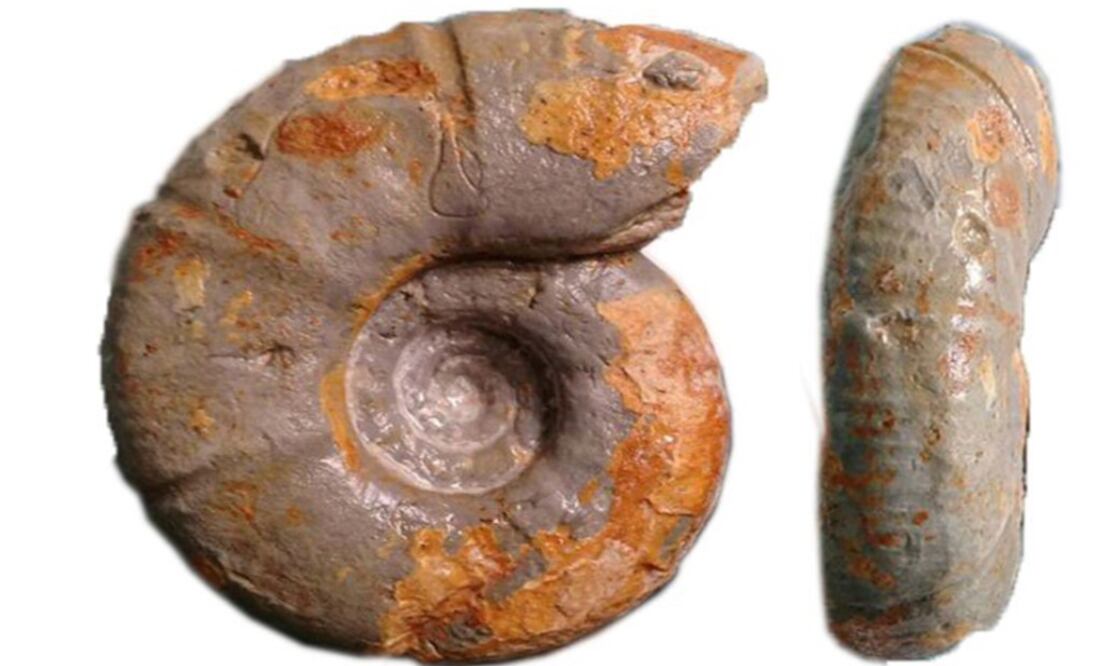Más Información

En “situación crítica” Instituto Nacional de Cardiología, denuncia su director; reducción al presupuesto afecta adquisición de insumos y contrataciones

México refuerza asistencia y protección consular a connacionales en EU; respuesta a entrada en vigor de Ley HB10

Congreso respaldará a Claudia Sheinbaum ante Trump, afirma Monreal; “su estrategia es con inteligencia y sin desesperación”
Experts
from the National Polytechnic Institute (IPN ) discovered an ammonite fossil , considered as one-of-a-kind , as a result of field practices carried out as part of a lecture on Oil Exploration.
The fossil belongs to the Albian age, in the Early Cretaceous period , and was found in the upper Tamaulipas Formation strata.
The fossil was named Esiaticomanites rursiconstricta , because it corresponds to a new genus and species , said the IPN.
The scientists from the Engineering and Architecture School ( ESIA ), Ticomán Unit, responsible for the finding, detailed that the piece consists of a small, sub-evolute shell, with flat sides, slightly convex, slightly broad rounded belly, vertical umbilical wall with round rim, measuring 8.7 centimeters in diameter and 2.5 centimeters from the belly.
Dr. Abelardo Cantú-Chapa and student Juan Carlos Zarazúa Saucedo
, from the area of Earth Sciences, said that they were honoring the ESIA by naming the fossil Esiaticomanites.
"For us, it is very satisfying to baptize this fossil, which is unique in the world, with the name of the school. It is the way in which we have to honor it", underlined Juan Zarazúa.
He explained that this fossil, mollusk cephalopod , was found in the Tamaulipas Superior Formation strata , during the field practices carried out in the chair of oil exploration in Mexico.
"We studied the group of Ammonites because they indicate the geological age of the rocks that contain it, they are very useful in the work of oil exploration in the coastal plain of the Gulf of Mexico," said the student.
gm








